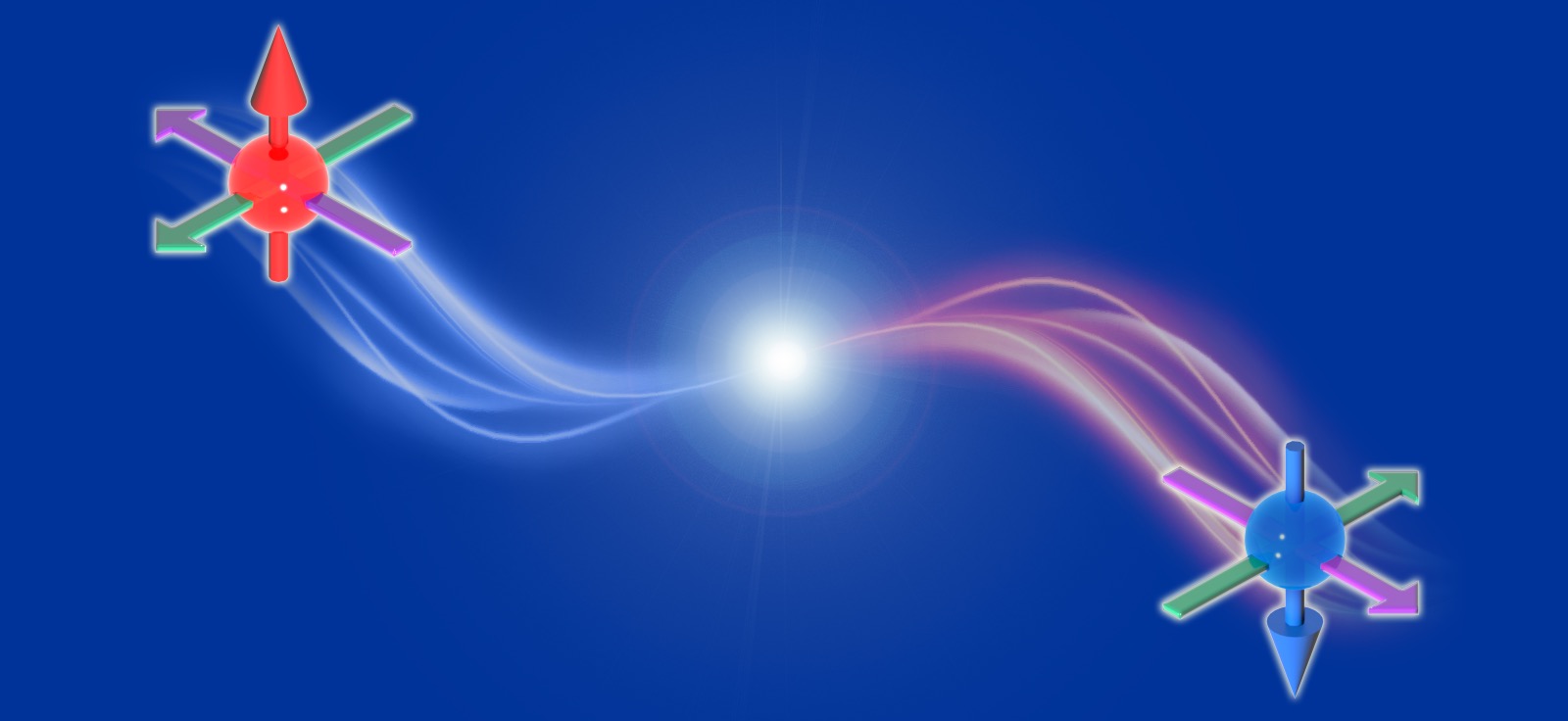
Two particles whose properties are somehow connected are "entangled."
Astronomy: Roen Kelly
If
accelerated inflationary expansion occurred in the early universe,
inflation itself is what puts the “bang” into the Big Bang. During
inflation, the universe likely contained a chaotic soup of exotic
high-energy fields. When inflation eventually ended, the energy in these
fields was converted into the usual zoo of familiar particles like
protons and electrons in a process called reheating.
The most common way to produce entangled states — where two particles
remain mysteriously correlated regardless of distance — is when
particles or fields interact or are created together. Since we believe
quantum mechanics would hold during inflation, entanglement between
different degrees of freedom in these exotic fields would be a natural
outcome. It is an open question whether inflationary-era entanglement
could survive the chaotic process of reheating.
Purely considering causality, inflation makes regions of space separate
faster than the speed of light (this is allowed in general relativity).
So today, regions once in causal contact during inflation are now out of
causal contact, beyond each other’s so-called cosmic horizons.
The main question is whether any entanglement set up during inflation
could survive and persist to somehow produce observable effects today.
The answer is that we don’t know. We probably require a full theory of
quantum gravity to even formulate such a question precisely. But even
without knowing the details, cosmic scale tests of quantum mechanics are
probably the best way to look for any strange effects. It certainly
would be wonderful if the early universe left us such clues because it
could let us use local measurements of space-time to test questions
about parts of the universe that seem inaccessible in principle.
Massachusetts Institute of Technology, Cambridge
No comments:
Post a Comment